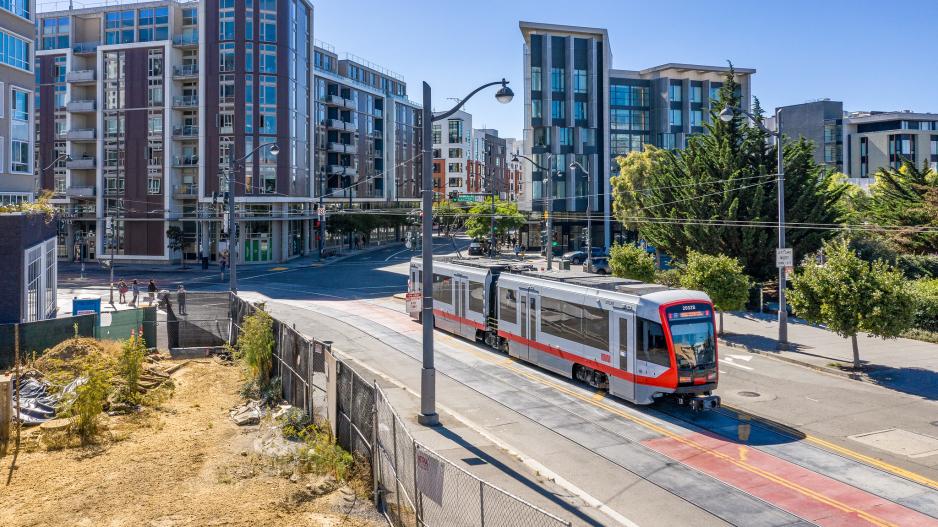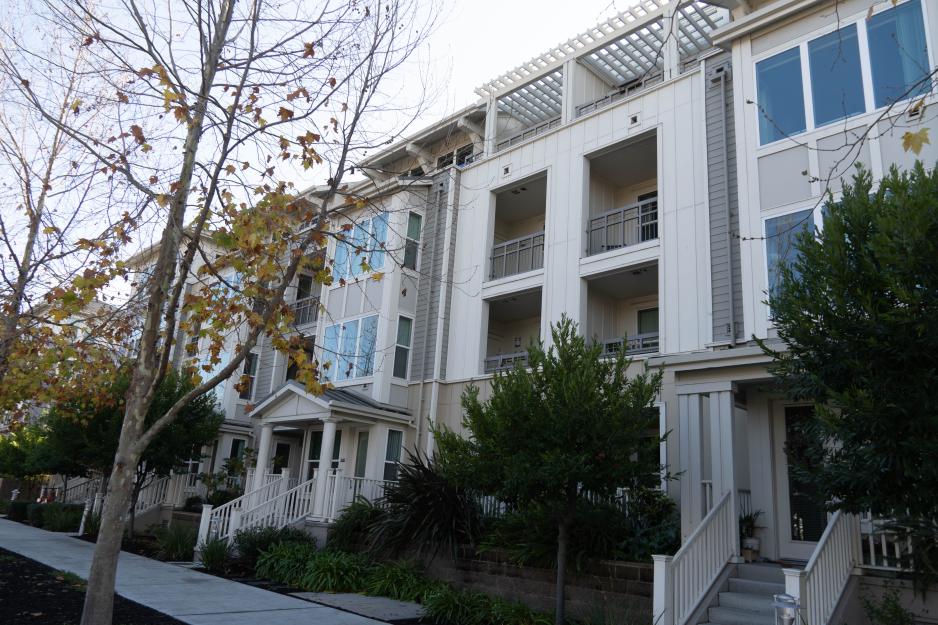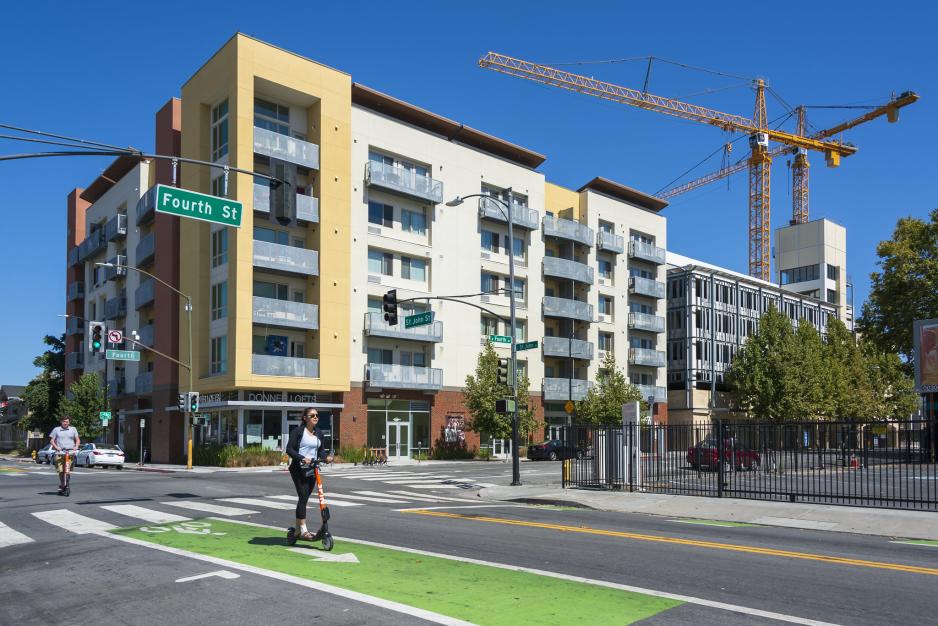Ensure that where new construction and redevelopment occur, the needs and goals of communities as a whole are supported. Develop an area-wide and regional approach to planning.
Require Transportation Demand Management (TDM) measures to incentivize and ensure the minimization of single-occupant vehicle trips across a district.
Promote neighborhood vitality and a balanced mix of uses through standards for jobs/housing ratio, adjustments to setbacks, provision of public open space, and maximum parking requirements.
Develop infill areas before developing outlying areas to support walkable communities and efficient use of transit resources.
Match densities to transportation resources. By focusing development near transit and/or building transit near development, transit systems become integral to the community and are run with the greatest efficiency.
- Establish community-supportive district- and/or site-specific standards for key features such as street-facing retail, public amenities like plazas and seating areas, and mobility-related facilities like secure bicycle parking.


